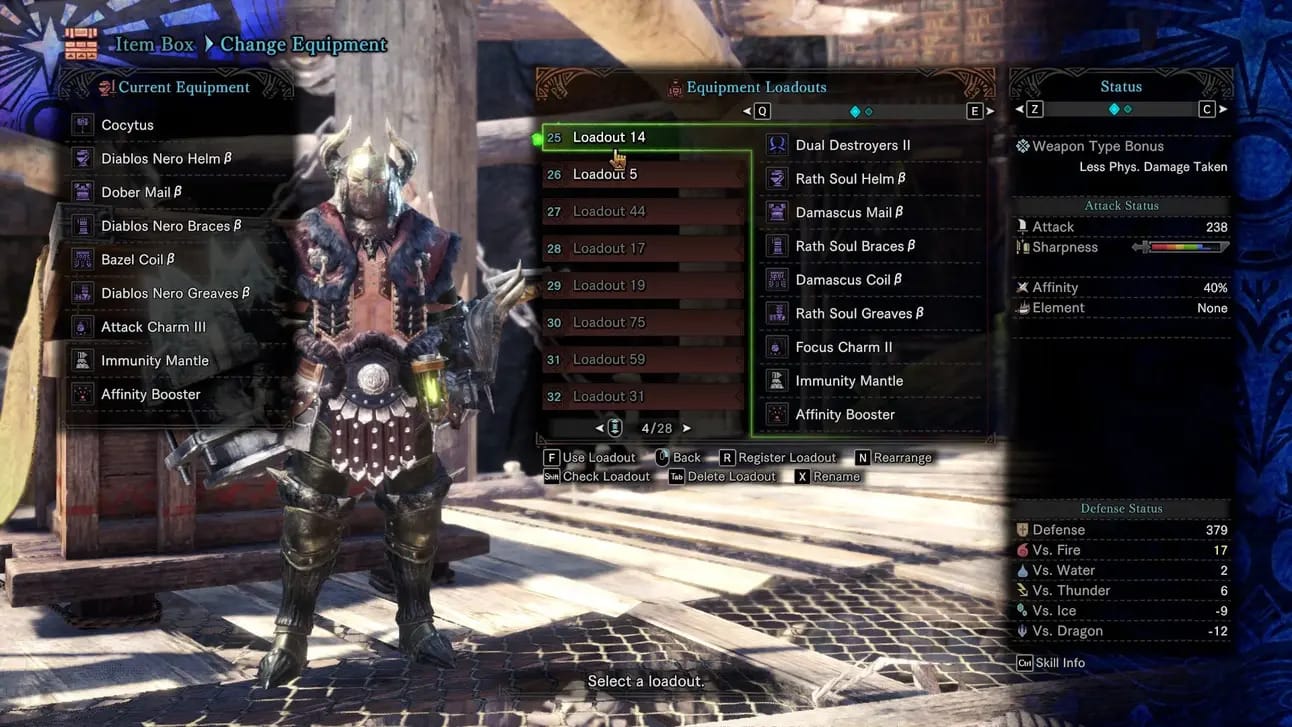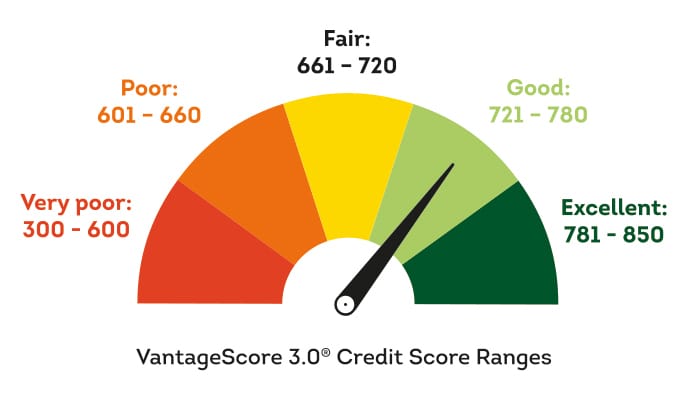Last week, we described debt as Level 0 — just like “Tutorial Island” in a video game.
But this tutorial has a pretty strong boss at the end…

Some of us are fortunate enough to skip the tutorial (start their career without debt), but most of us have to slog through the long but necessary tutorial.
Today’s article includes everything you need to know about debt. We’ll cover:
Types of Debt
How Interest Rates Work
Repayment Strategies
Credit Scores
How to Master Debt (and move on to Level 1)
And as always, you can also watch the video version on YouTube:
Let’s dive in.
Here’s Why Over 4 Million Professionals Read Morning Brew
Business news explained in plain English
Straight facts, zero fluff, & plenty of puns
100% free
Common Forms of Debt (Types of Enemies)

Just like enemies in a video game, you need to know the different types of debt
There are many forms of debt that you’ll likely encounter throughout your journey to financial independence:
Student loans: The first boss many of us will encounter. They typically have lower interest rates but these bosses have a lot of hit points (the loan amount is large) and this boss can’t be skipped (you cannot escape this loan by declaring bankruptcy)
Credit card debt: A sneaky, fast-attacking enemy. You want to avoid this one at all costs. Paying down your credit card debt can provide a lot of experience points (boost your credit score, which we’ll cover shortly), but they hit hard (the interest rate is very high)
Car loans / other personal loans: If you live in a large metropolitan city, you might be able to avoid this form of debt. But if you need a car for your job, car loans are enemies that can take many forms (many different terms and interest rates)
Mortgages: This is one of the strongest bosses you’ll encounter later in your financial journey. Mortgages are very large, and can last 20-30 years.
There are other forms of debt, but these are the most common types you’ll encounter early in your adventure.
Action Item:
List out all of your debts and find out what interest rate each of your debts has.
Understanding Interest Rates (Enemy Weak Points)

Understanding the interest rates of your debts will help you prioritize them.
In many video games, you need to understand your enemy’s weak points in order to defeat them.
With debts, you need to understand the interest rate.
Not only that, but interest rates will make your debts stronger over time, through compounding (more on that in a future article).
In short, the higher the interest rate on your debt, the faster you’ll want to pay it off.
I mentioned in last week’s article that there are some forms of debt that you might not want to pay off right away. This has to do with the interest rate.
Because the S&P 500 provides an average return of 10% per year, many people will opt to delay paying off a low-interest debt (e.g. 3%). While others will prefer the peace of mind of paying off the debt.
Personally, I opted to pay off my student loan over 30 years, because the interest rate on my loan was so low.
Your mileage may vary, and this will come down to personal preference and risk tolerance.
Repayment Strategies (Preparing for the Boss)

Like preparing your equipment before a boss fight, you need a strategy for tackling your debt
There are several common strategies for paying off debt that are gaining popularity online:
Debt Avalanche: Attack the debt with the highest interest rate first AKA focus your firepower on the enemy that’s getting stronger. This is what I personally did, and what I generally recommend to friends and family.
Debt Snowball: Alternatively, start with the smallest debt to build momentum—each victory gives you extra “XP” and confidence. This strategy works especially well if you are stressed out about your debts and want to start with a “quick win”.
Combination Strategy: Some battles may require a hybrid approach. Adapt based on your situation, or combine both approaches (pay off a small debt, and then prioritize your highest interest debt.
Action Item:
Choose the strategy that suits you best, and then start implementing it.
Building Your Credit Score (Leveling Up Your Character)

Building your credit score is like leveling up in a video game
When paying off debt (often referred to as “credit”), you’re going to start automatically building your “credit score”.
Essentially, banks and financial institutions are assessing your ability to pay off debts. If you pay off your debts on time (or better yet, ahead of schedule) then you will increase your credit score.

Credit scores are one of the clearest examples of gamification in the finance world
Building your credit score is extremely similar toleveling up your character in a video game.
Each boost unlocks new advantages. A higher credit score lets you:
Explore new areas: Access additional loans and credit opportunities.
Equip better gear: Qualify for larger loan amounts at lower interest rates.
Unlock player housing: Improve your chances when applying to rent your first home, and eventually a mortgage.
Earlier, we mentioned that credit cards are dangerous because they have very high interest rates.
However, credit cards are also a very easy way to build a credit score.
If you pay off your credit card on time (within a month, usually) you will not incur any interest, and you will start building your credit score.
Action Item:
Monitor your credit score (usually available through your bank’s mobile app or website) and pay off your debts on time.
Mastering Debt (Beating Level 0)
Here’s how to master your debt and move on to Level 1, which we’ll cover next week:
Make a list of all your debts, including:
The type of debt
The loan amount
The interest rate
Either pay off a small debt first to build confidence OR immediately begin paying off your highest interest rate debt first
Monitor your credit score, and ensure your payments are never late
Keep doing this until you are debt-free OR your only remaining debts have a low enough interest rate that you are comfortable with them
Congratulations! If you followed these steps, you’ve completed Tutorial Island and have mastered your debt.
There are more advanced methods that wealthy people use debt to their advantage, which we haven’t covered in today’s article. This also has to do with interest rates, but it can get much more complicated.
If there is interest in understanding how rich people use debt, let me know, and I’m happy to cover it in the future.
In the meantime, keep paying off those debts, and I’ll see you in Level 1.
In case you missed it, here is an overview of all 5 Levels of Investing:
To your prosperity,
Brandon @ Wealth Potion
Build in Public Update

A good friend of mine was passing through Seoul this week. We caught up and we chatted about Wealth Potion and my plans for the business this year.
I’ve talked about this feeling in the past, but that’s because it’s important — there are an infinite things that can be done. And one of the hardest parts about entrepreneurship is picking one thing and executing on it.
I’m an analytical person. So naturally, I like to evaluate alternatives, strategize deeply, and figure out the optimal way to build the business.
“Working smart” is important. But there is a very real danger of analyzing so much that it paralyzes you.
These next few weeks, I’m going to just press my foot down on the gas pedal.
Analysis can come later.


